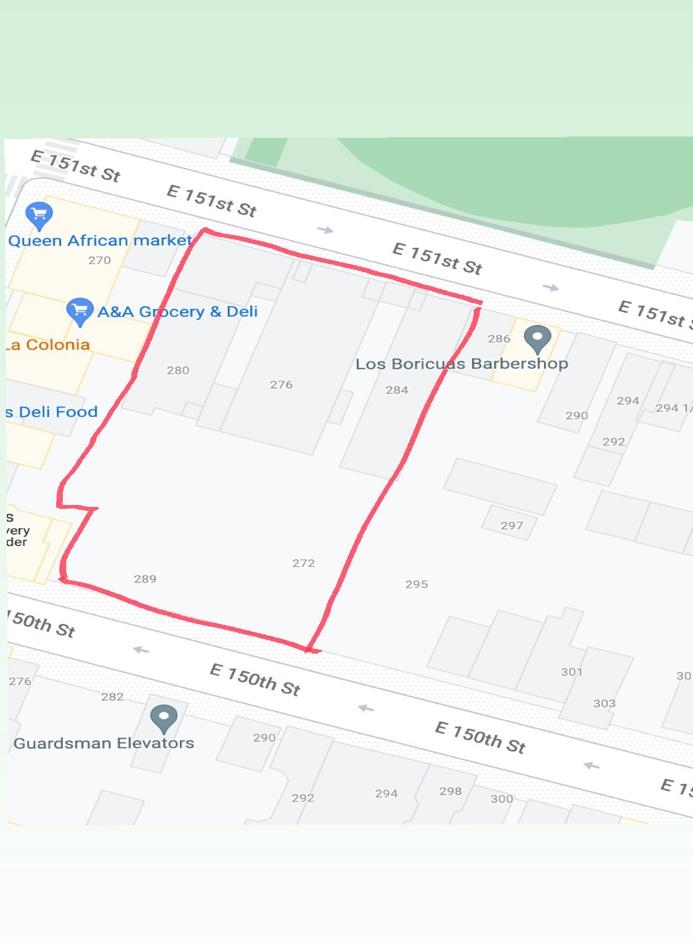Community Board 1 voted in December not to support turning a former church on E. 151 Street into an affordable housing development, citing traffic, environmental and affordability issues.
New York Catholic Homes, an initiative of the nonprofit Catholic Charities of New York, had proposed to rezone the former Our Lady of Pity Roman Catholic Church on 276 E. 151st St. in Melrose into an affordable housing development called Our Lady of Pity.
The development would include two nine-story buildings with varying units on E. 150st Street and E. 151st Street for low- and moderate-income families. But at a full board meeting held via Zoom on Dec. 17, the last board meeting of the year, members were ambivalent about its impact.
“That corner is a choke point for a lot of traffic,” said Jose Hernandez, who lives around the block from the former church. “It can back up from 149th Street to 161st Street when traffic picks up and you are putting two nine-story buildings. I just imagine 20% more vehicles on the ground and that would create a bad choke point.”
Freddy Perez, the chairperson for the economic development and land use committee, outlined the main concerns that committee members voiced on Dec. 1 before the full board meeting.
“The concerns are as follows,” Perez said. “The construction of the two nine-story apartments without parking, the height of the two buildings that would eliminate sunlight to current homeowners, the over saturation of the area if the development gets approved, the narrow streets in the neighborhood, and the impact of a two-story building on hospitals, schools and the environmental impact.”
According to Drew Kiriazides, the associate director for New York Catholic Homes, a studio apartment would range from $722 to $1310 and a one-bedroom space would cost $769 to $140. Two bedrooms would cost $914 to $1682, and three bedrooms would go for $1046 to $1933.
All those prices would be within 40% to 70% of the area median income, Kiriazades said.
“The low end is about mid-$30,000 for a 40% AMI and at the high end for 70% AMI, you’re looking at close to $80,000,” Kiriazides said of the income breakdown.
But Luis Rojas, another board member, said he believed that the incomes presented did not represent what the Melrose community makes.
“The medium income for Community Board 1 is roughly $30,000 and with $68,000 to $70,000 for 70% AMI seems really high,” Rojas said.
New York Catholic Homes’ executive director Susan Albrecht insisted that the organization was “very much committed to creating community, to fostering community [and] working with the community,” and would be open to discussions of lowering the AMI.
“As part of our mission, and the way that we operate, which is maybe different from other providers, we’re very much committed to creating community, to fostering community [and] working with the community,” she said.
When a vote was taken, 18 members of Board 1 turned down the project and just one voted in favor.
But when asked by a resident whether New York Catholic Homes would proceed with its proposal despite the board’s opposition, Albrecht said they would. The proposal advances next to the Bronx borough president’s office, and then to the Department of City Planning and the City Council. The goal is to start construction later this year or early next, said Albrecht.
Board members did vote to develop a park on the lower Grand Concourse and to create ambulette parking at 570 E. 137 St. to pick up and drop off senior citizens.

